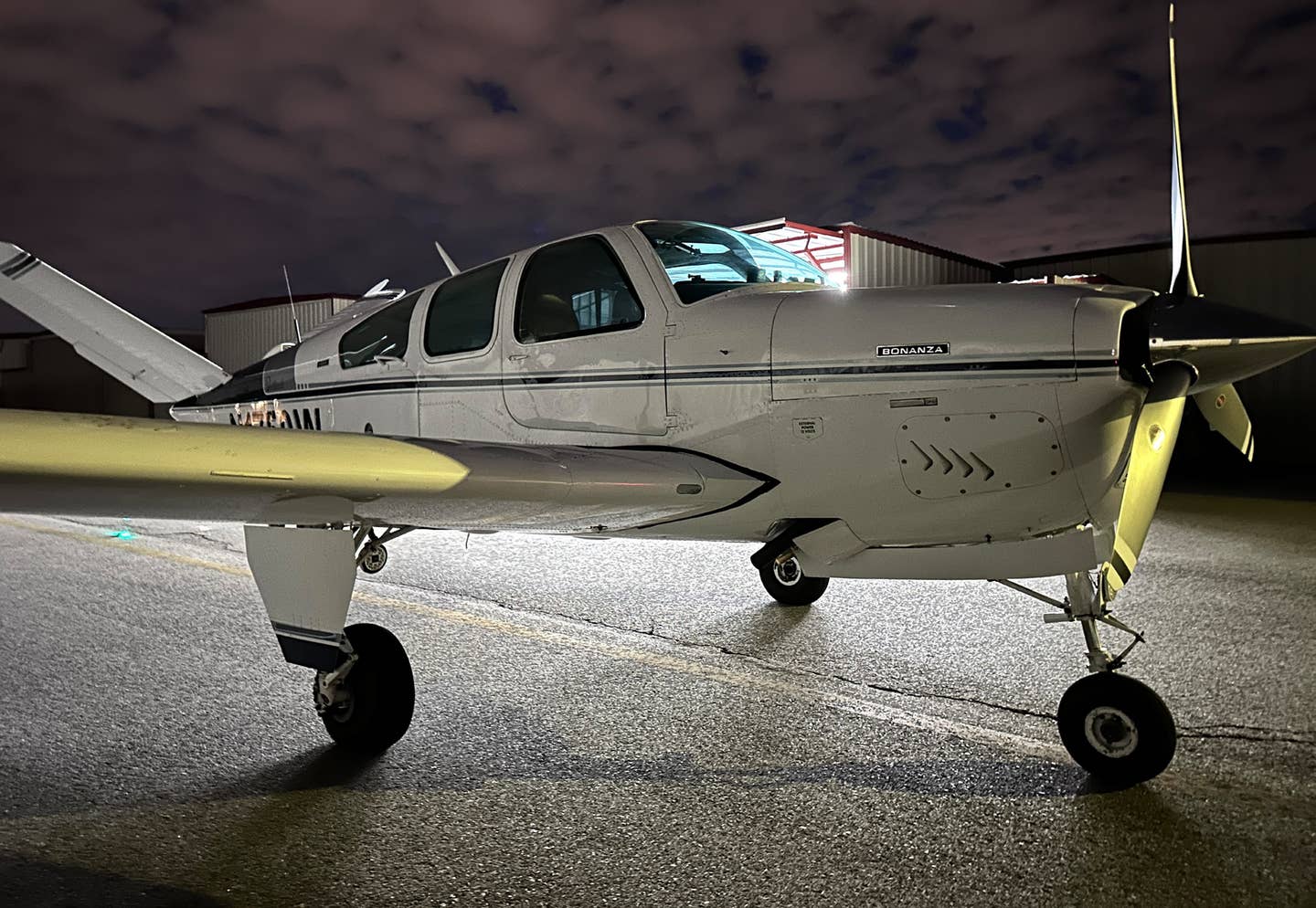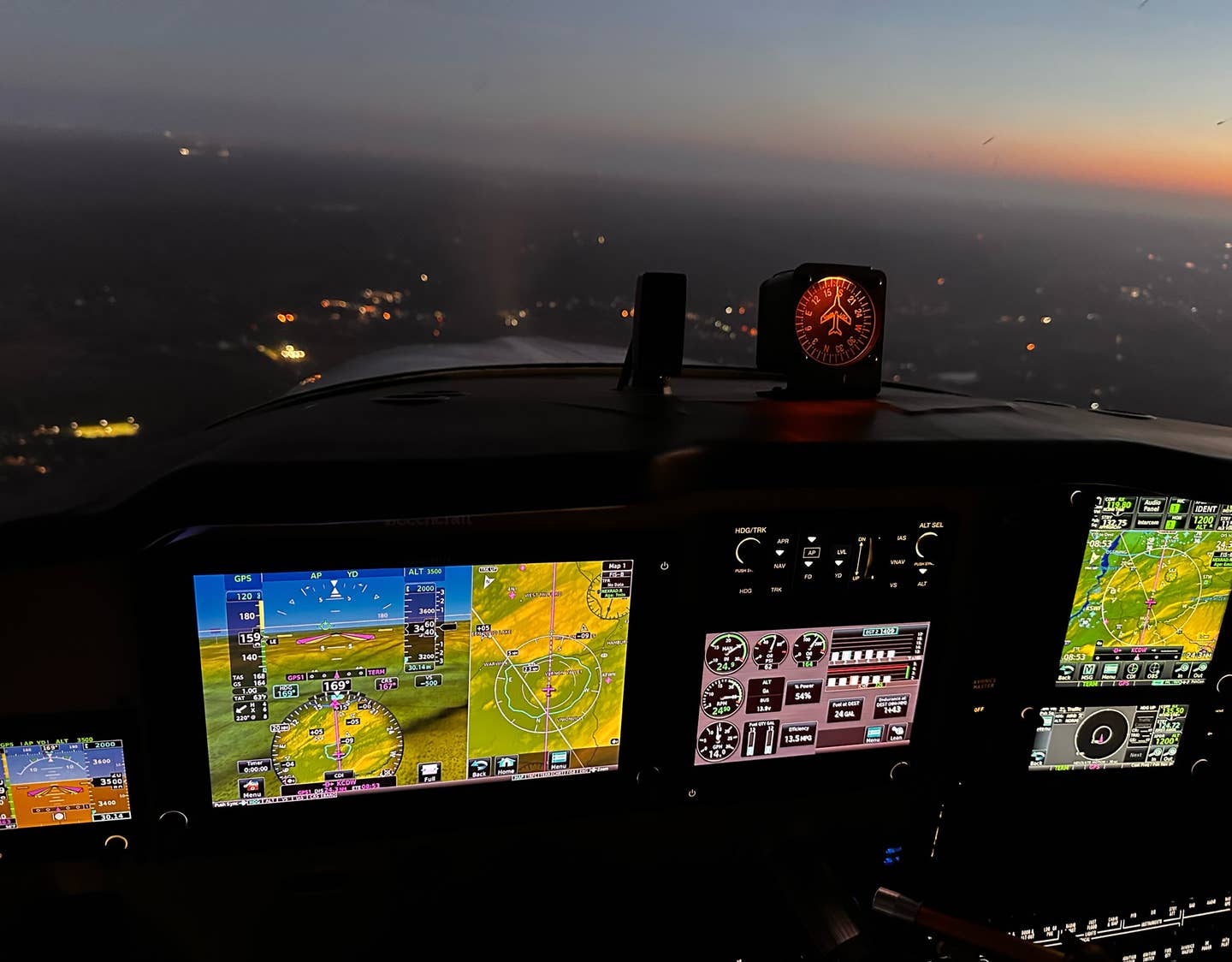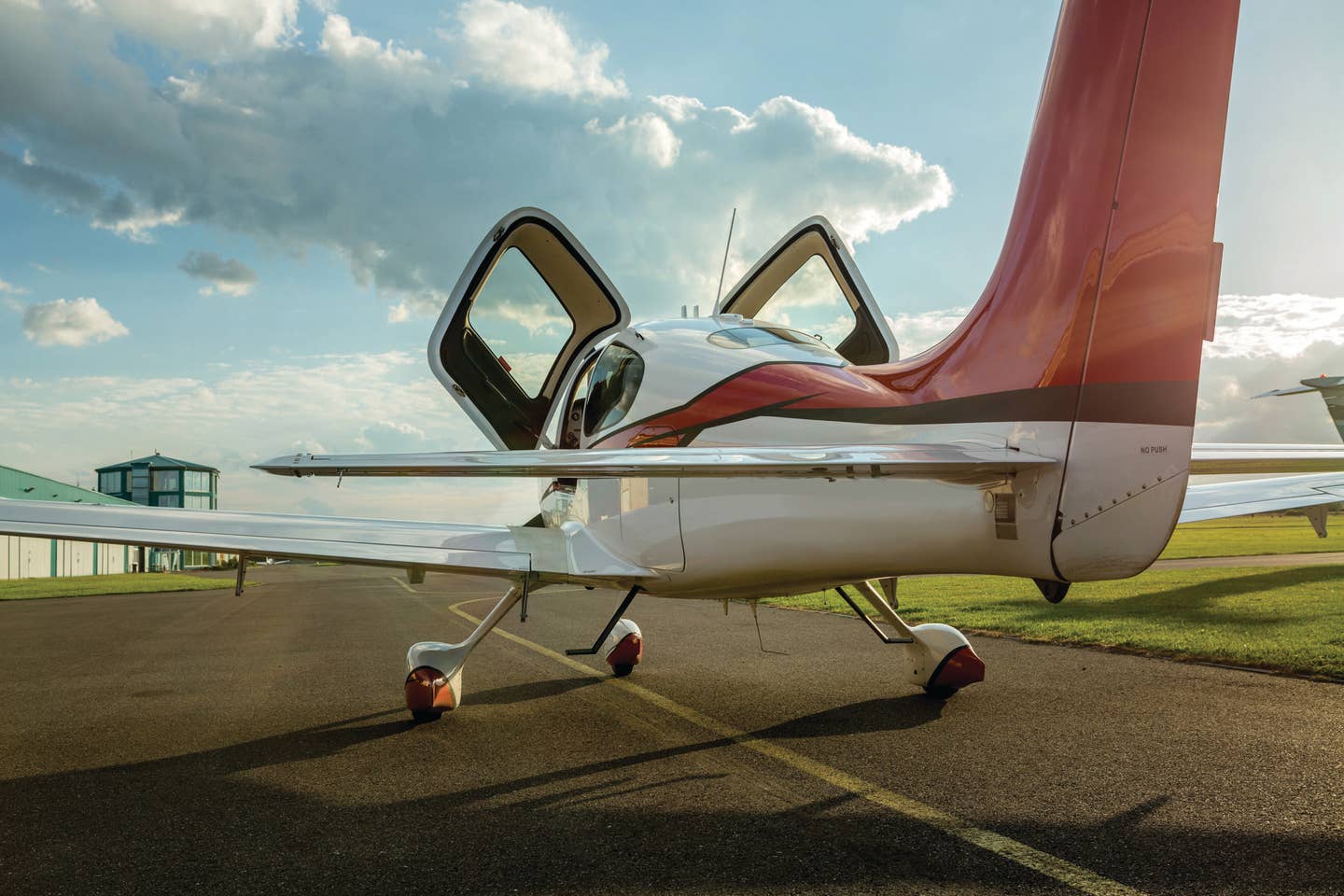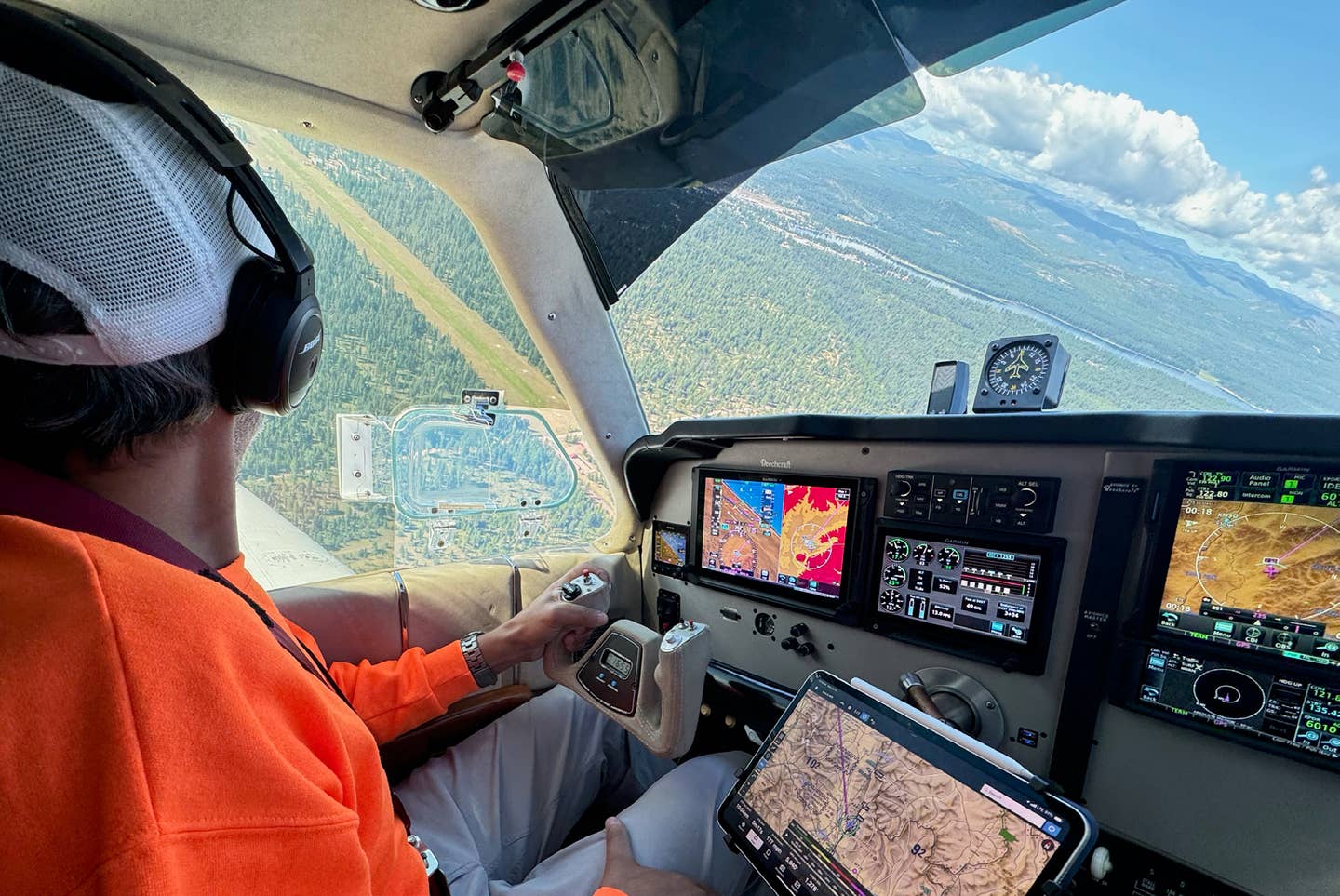Trust But Verify
The decision-making process for the layperson who is deciding whether to fly with a friend is a complicated one that reveals a lot about the individual.
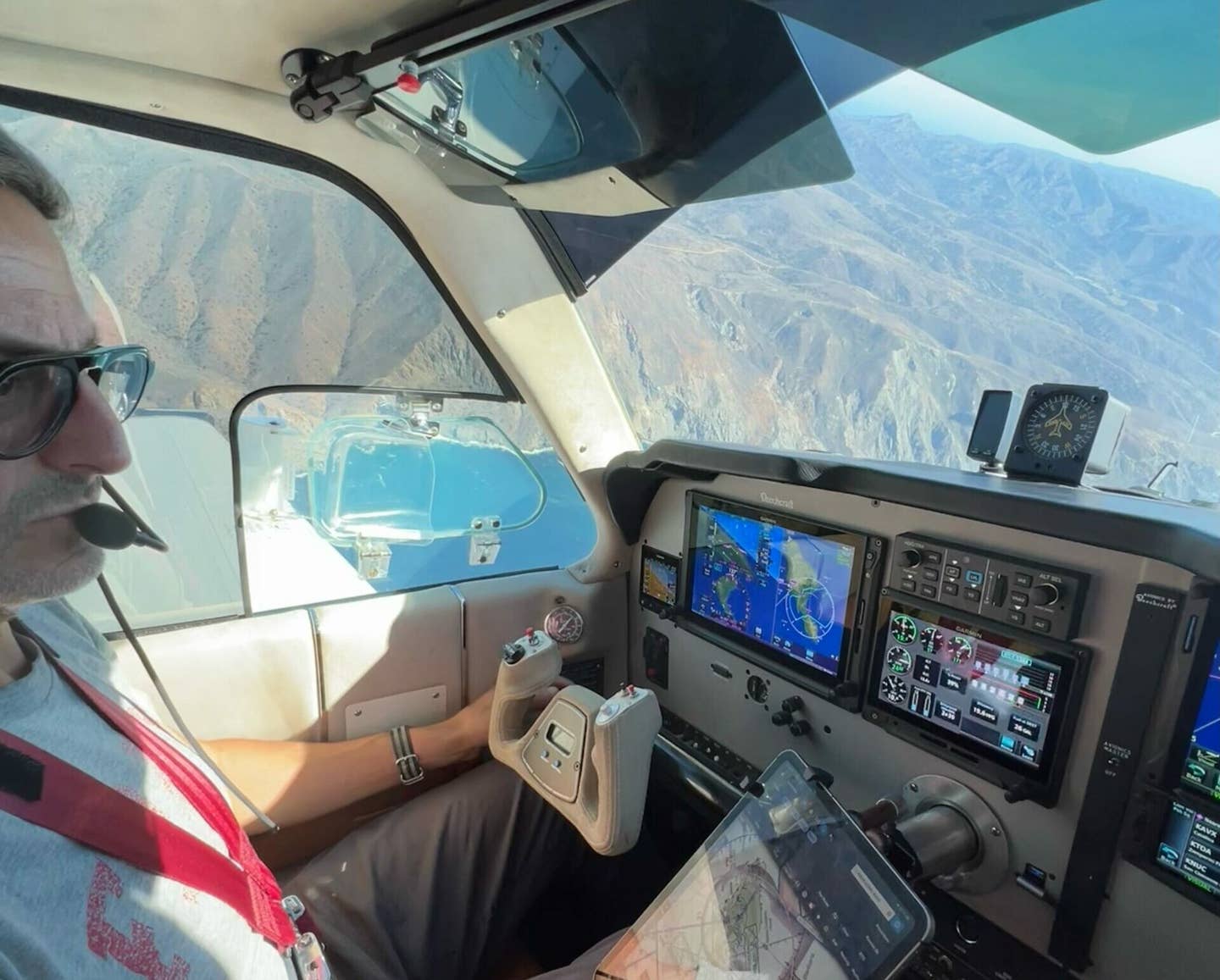
The author navigates around Catalina Island, off the coast of Southern California. [Courtesy: Ben Younger]
Walking up to my airplane on a warm Saturday in October on Catalina Island off the California coast, and after devouring one of the airport’s famous buffalo burgers, I noticed a beat-up Cessna that I recognized as belonging to one of the flight schools in Santa Monica. The pilot was young, mid-20s, and he had three people with him—two of which looked like they might be his parents. He stopped his preflight and approached me.
“Are you a CFI?”
“No, I’m not. Why? What’s going on?”
If you're not already a subscriber, what are you waiting for? Subscribe today to get the issue as soon as it is released in either Print or Digital formats.
Subscribe Now“I’m trying to figure out which runway to depart from.”
First off, I was flattered that he thought I was a CFI. Quickly moving past that, it occurred to me that it might be because I looked old. Slowly moving past that, I realized I needed to be careful in advising him. Catalina is tricky in that the single runway has a pretty good slope to it. But departing downhill on Runway 4 during a busy weekend when everyone is landing on 22 has its own risks. When winds are calm, it’s worth waiting for a break in traffic. With a 6-knot quartering tailwind, it’s not so clear. His passengers were eagerly watching this exchange as we discussed the pros and cons of both. I found myself smiling widely and trying to sound as casual as possible so as not to worry them. They simply didn’t have the knowledge to weigh in on the decision. They could only hope their pilot made the right one. The balance changed the moment the young pilot asked me for help. I could see it on their faces.
The decision-making process for the layperson who is deciding whether to fly with a friend is a complicated one that reveals a lot about the individual. It illustrates the internal algorithms that take place inside the passengers’ head. It’s a balance of practical need and risk assessment. But the information being used makes me think of the old adage about computer science: Garbage in, garbage out. This refers to the idea that inputs of poor quality will always produce a faulty output.
With people who have little understanding of aviation, these are entirely emotional decisions. I’m not necessarily suggesting they aren’t effective, but they are certainly not based on empirical data. It is a decision largely based on appearances. I present as responsible and confident, and have been flying for a number of years. But they don’t know enough to ask about total hours or currency or maintenance on the aircraft (or the pilot). All of those things get folded into their sense of “me” and their judgment of my capability to keep them safe.
A fellow pilot will have a specific set of criteria that are measurable—data points that they can use to gauge the current faculty of both me and my aircraft. They might drill down and ask how old the oil is, or who did the last annual and when. If we are going to fly IFR, they will likely ask when the last time I flew an instrument approach was. I know I would.
But how much more effective does that really make the decision? If someone knows you well, and has observed a years-long pattern of decision-making outside of aviation, then perhaps their judgment isn’t quite as arbitrary as it seems. Recently, I read about two professional pilots who were drunk on a commercial flight. They were current and the aircraft was in perfect shape. But there were personal issues at play that only a close friend or family member would be in a position to see. And maybe not even then.
That same day on Catalina was my friend Kelli’s first flight with me. We know each other from work where she is a stunt woman. She’s professional and meticulous in her craft. I trust her on set. She’s seen me work as a director, and there exists a mutual appreciation between us. So, at lunch, when another pilot brought up the incident that totaled my first Bonanza in Telluride three years earlier, I felt a small lump appear in my throat.
Kelli didn’t flinch. She barely asked about the incidentand showed no reticence in her decision to fly with me. She knows me and knows that I learned from the experience, thereby making me an even safer pilot. She’s studying for her private pilot certificate herself and made her decision based on both data and observation. So far, so good.
Sometimes practical needs will supersede fear. My friend Dave recently told me his wife was returning to Los Angeles from Ireland and that he didn’t know how to get her up to Paso Robles—where he would be for a long weekend—when she arrived back with their 11-month-old son. I offered to fly her up, knowing there was no chance he’d take me up on it. Why? Because she won’t let him fly with me since they had their baby. It seemed like an easy offer that I’d never be called on to execute. Wrong. She found out the drive was four hours and very quickly reassessed my ability as a pilot. I flew her and the baby up with no issues. On a side note, breastfeeding helps with pressure-related issues on descent. For the baby.
I have other friends who would rather eat a glass casserole than get into an airplane with me. And some of them don’t even know about Telluride. It matters not how good I am. The math simply doesn’t work out for them. I use the term loosely because in reality there’s no math at all. Fear is the ultimate decision-maker, and it cares not for data sets.
My ex-girlfriend was the complete opposite. Her appetite for risk was substantial. She was far more confident in my ability than I was myself. It was confidence-boosting at times, scary at others. When telling her I was concerned about a weather system I was looking at on Nexrad, she said it was fine and that I could easily navigate through it.
The kid on Catalina made the right decision. I saw him lift off below me as I made my way back toward the mainland. Was it close? Could it have gone another way? Who knows? But I’d like to think the people flying with him had a better read than I did. They know him. I don’t.
From the December 2022/January 2023 Issue 933 of FLYING

Sign-up for newsletters & special offers!
Get the latest FLYING stories & special offers delivered directly to your inbox


